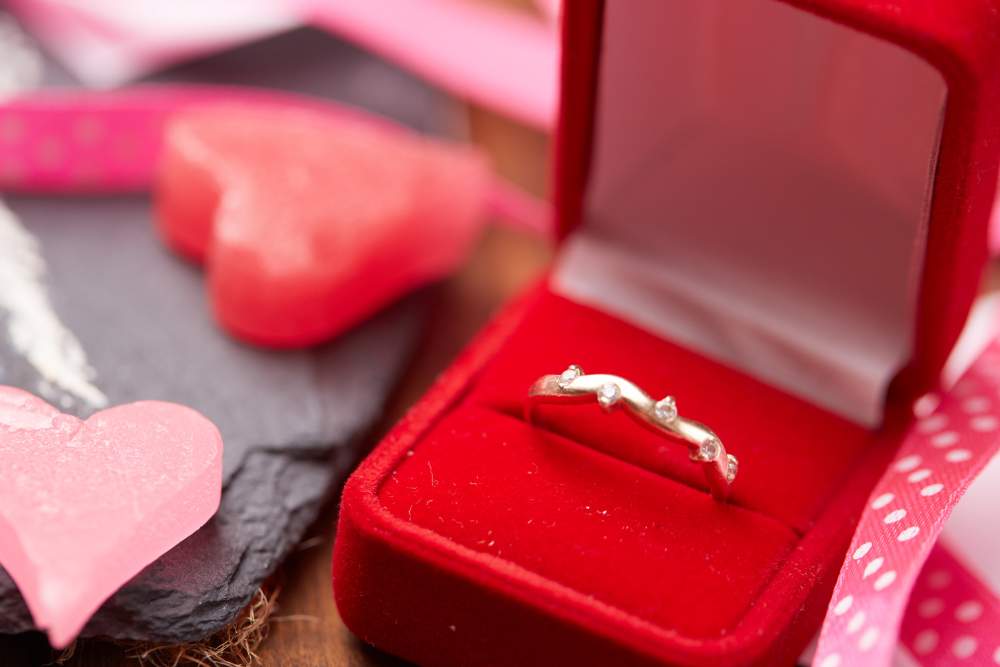
Valentine’s Day and jewellery
January 24, 2023The 14th of February is upon us soon and, with it, the celebration of Valentine’s Day. Loved ones may make your life hardly worth living if you dare to forget the occasion, but there is a further, hidden risk you might want to bear in mind.
It is no surprise that a favourite Valentine’s Day gift is jewellery. Indeed, the Professional Jeweller website insists that jewellery is the most popular of presents exchanges and that for that occasion in 2020, £4.2 billion was spent in finding the perfect gift.
That statistic alone might be reminder enough that if you buy or receive jewellery on Valentine’s Day, make sure that you have it professionally valued and be certain to inform your insurer – or arrange insurance for that specific item or items.
What is jewellery insurance?
Naturally enough, jewellery insurance is cover that protects you and provides financial indemnity against the loss or damage of valuable pieces of jewellery such as necklaces, brooches, rings, earrings, and watches.
If one or more of these items is damaged, destroyed, or stolen, you claim on the jewellery insurance policy for a cash settlement that typically covers the repair or replacement of those pieces of jewellery (up to the policy limits).
Does my home insurance cover jewellery?
This is one of the most frequently asked questions, yet the answer is perhaps less than straightforward – since it may be either yes or no.
Most comprehensive home contents insurance policies include a degree of cover for the jewellery you own. As the Association of British Insurers (ABI) warns, however, most policies will also include what is called a “single item limit”. Limits vary from one insurer to another but are commonly either £1,000, £1,500, or £2,000.
This means that single pieces of jewellery typically will be automatically covered by your home contents insurance policy up to the single-item limit. But, in the event of a claim for any item exceeding that value, you will need to make up the shortfall from your own pocket. As a result, you stand to lose out financially in the event of the theft, loss, or damage of any single item of jewellery that is valued above the limit.
Because of those limitations, owners of any jewellery of particular monetary value – a diamond ring, for example – should make sure to specify those items on their home insurance to ensure that they are suitably covered. There are often additional terms and conditions for specified items so do make sure you familiarise yourself with them so as not to fall foul of any requirements at claim stage.
The importance of having jewellery regularly valued
From this description of jewellery insurance, it will be clear that a realistic and reliable total sum insured can only be achieved if your jewellery is regularly valued.
The total sum insured is the maximum that any insurer is obliged to pay in settlement of a claim you submit. If the current sum insured is one figure, but your jewellery is, in fact, worth more than that limit, you could find yourself seriously out of pocket in the event of a claim. While that is true of any items of value, in the case of jewellery, it may be even more pertinent given the regular and significant fluctuations in the price of valuables such as gold and diamonds.
When you arrange a valuation of your jewellery, it is prudent to retain the valuation – or receipt if you are buying it as new – and send a copy of that valuation to your insurer or broker.
Summary
You’ll want to remember your loved ones this coming Valentine’s Day. If you are making a gift of jewellery, remember the importance of adequate insurance cover, back this up with a valuation or receipt, and remember to inform your insurers.